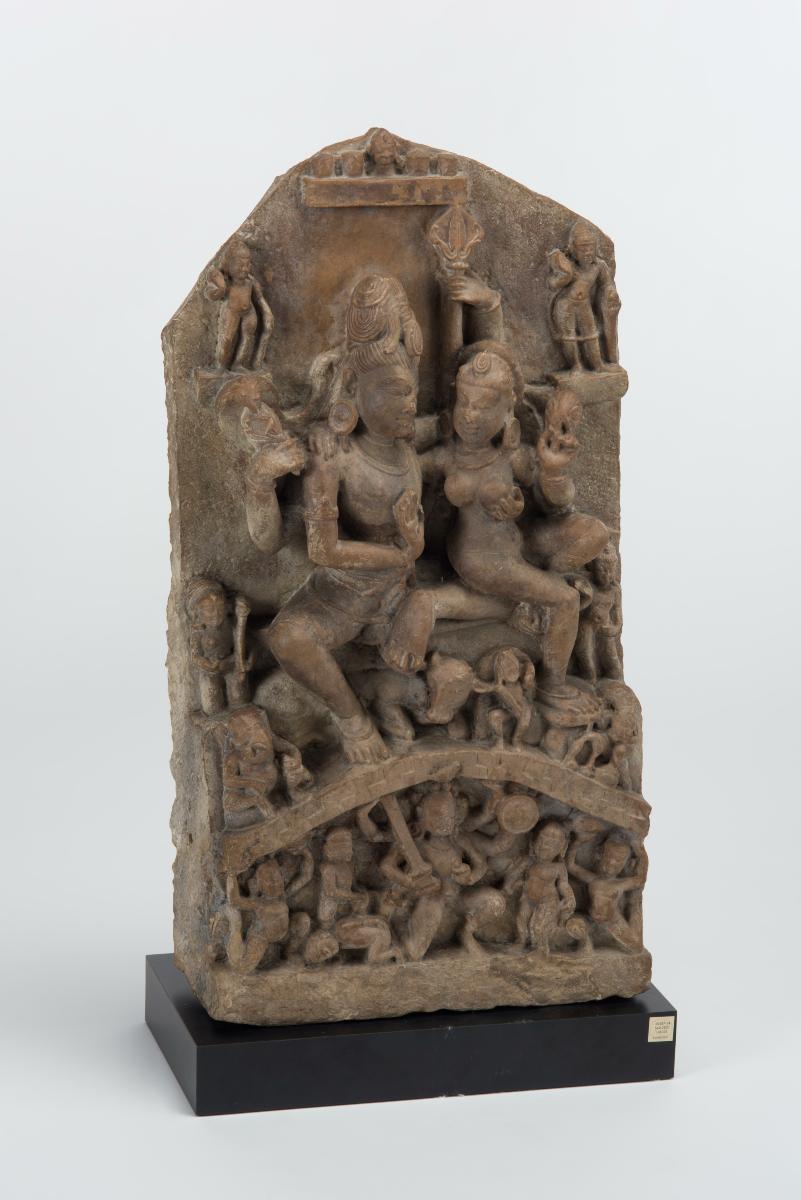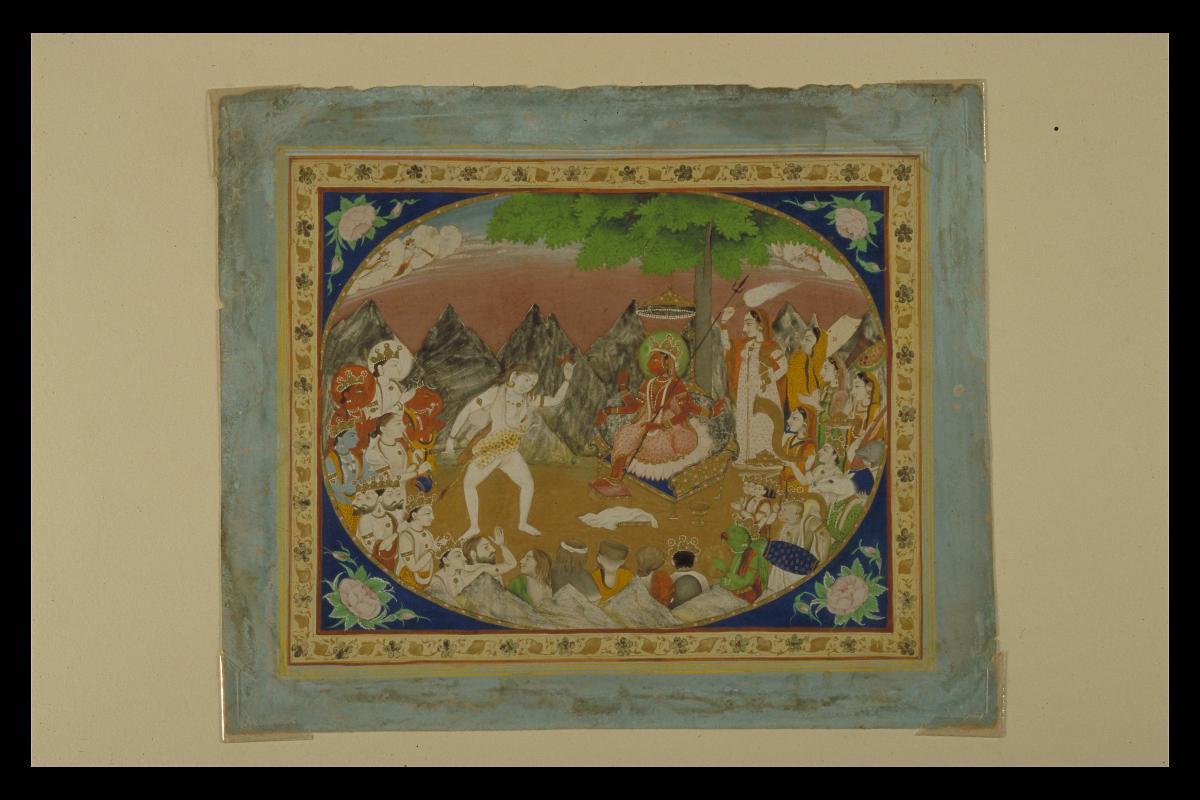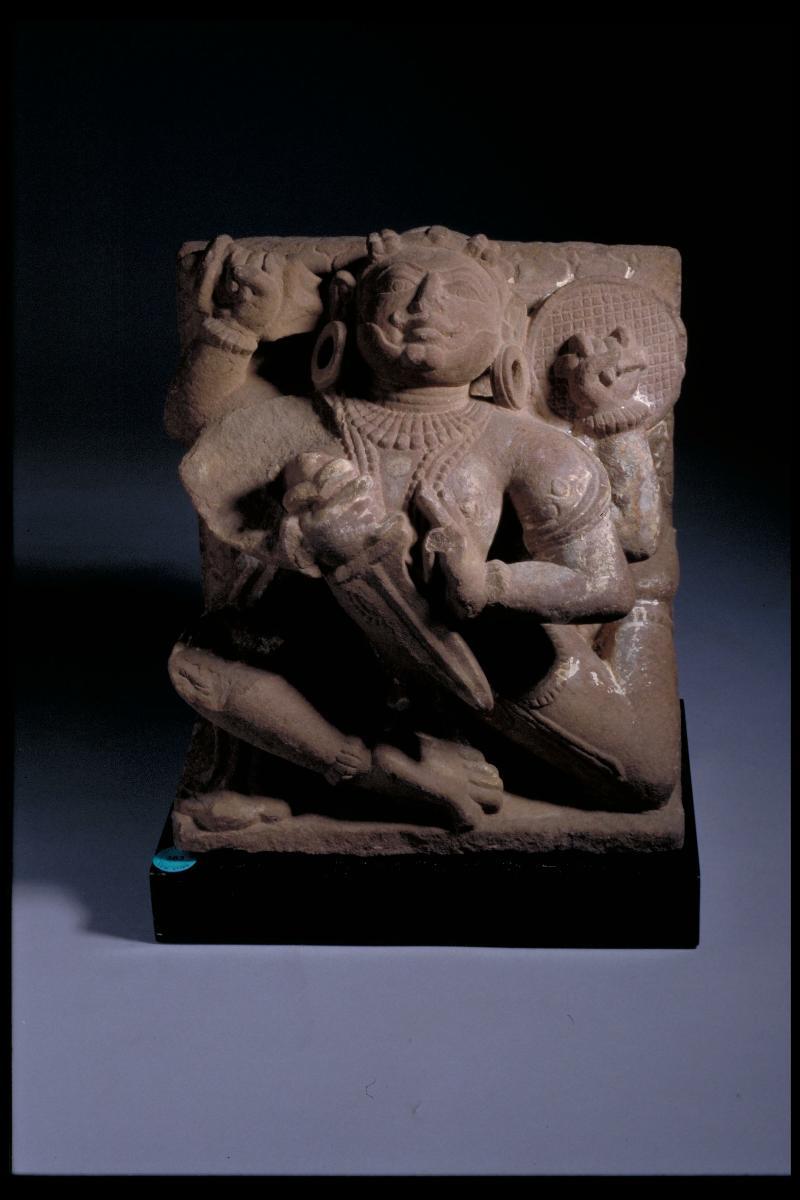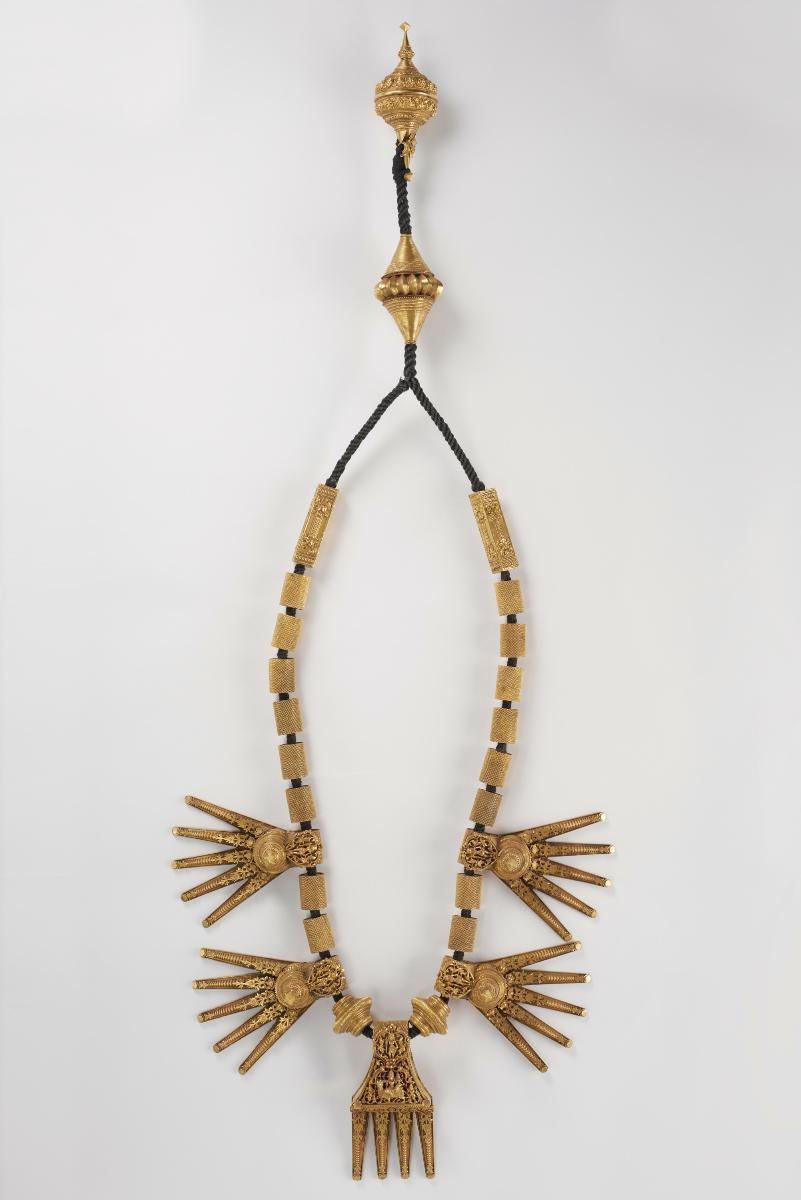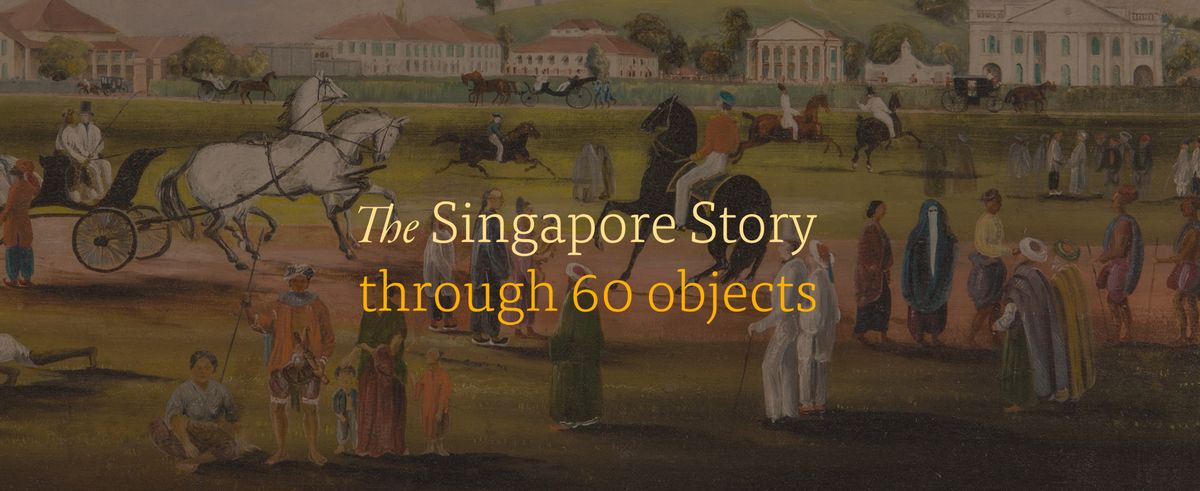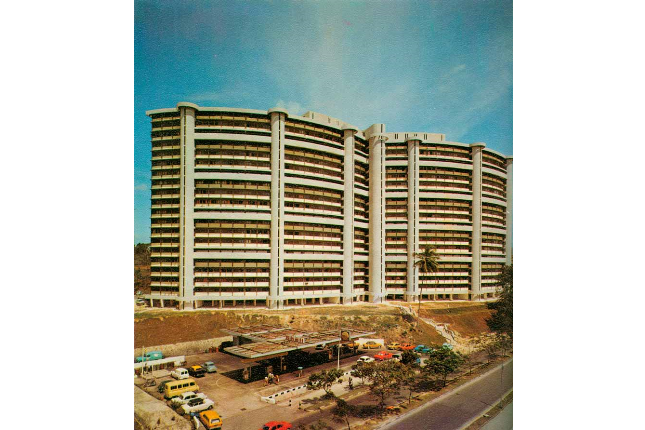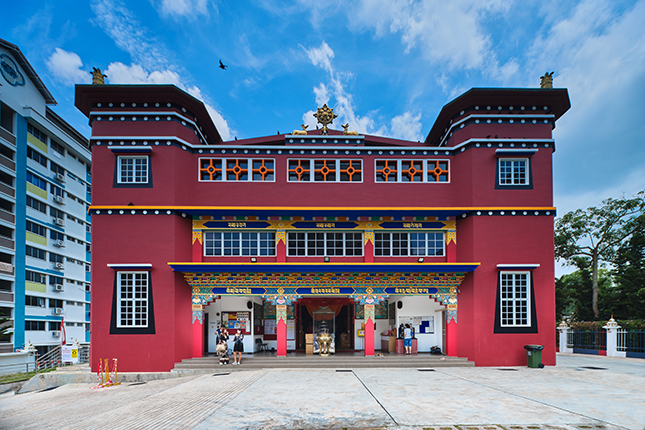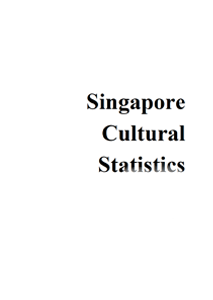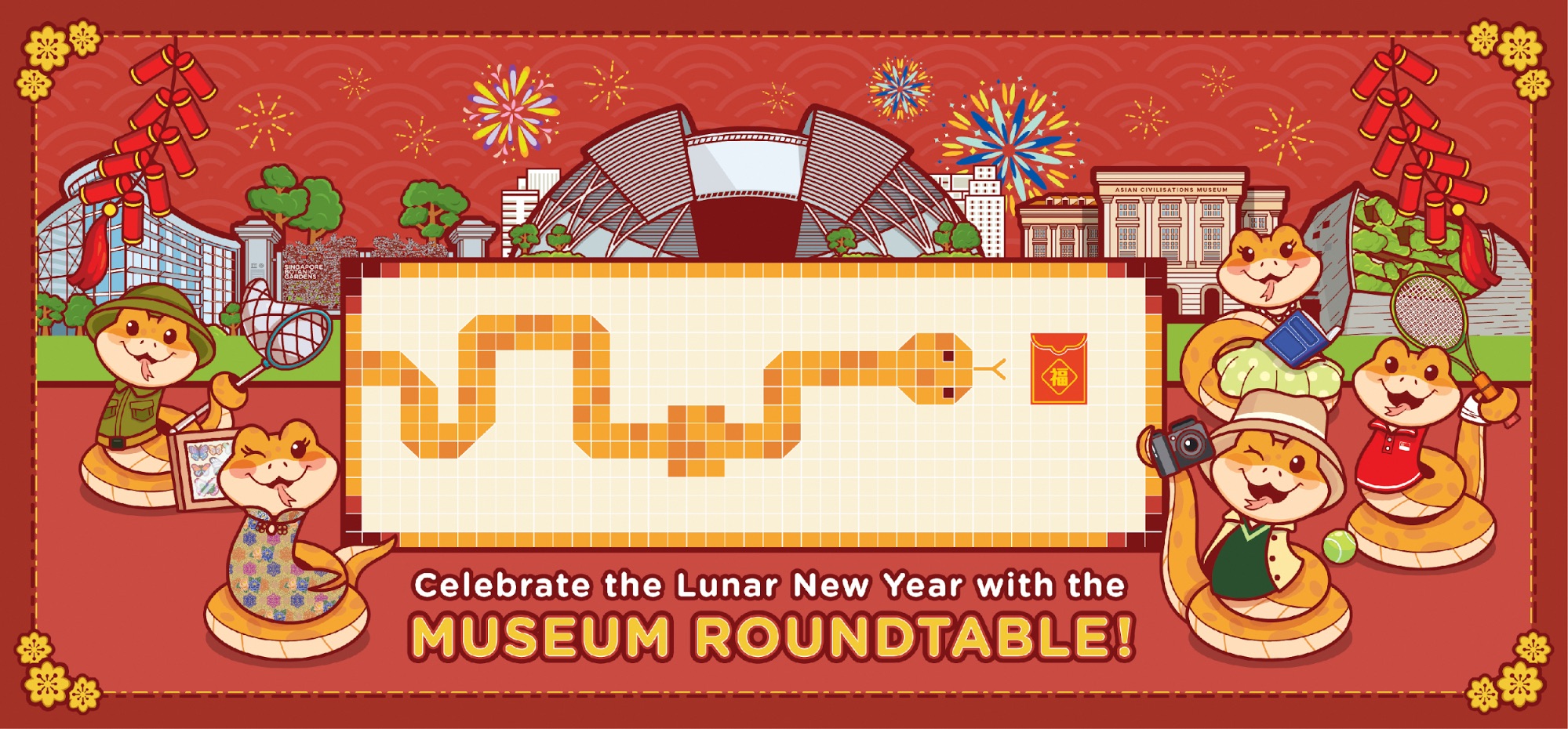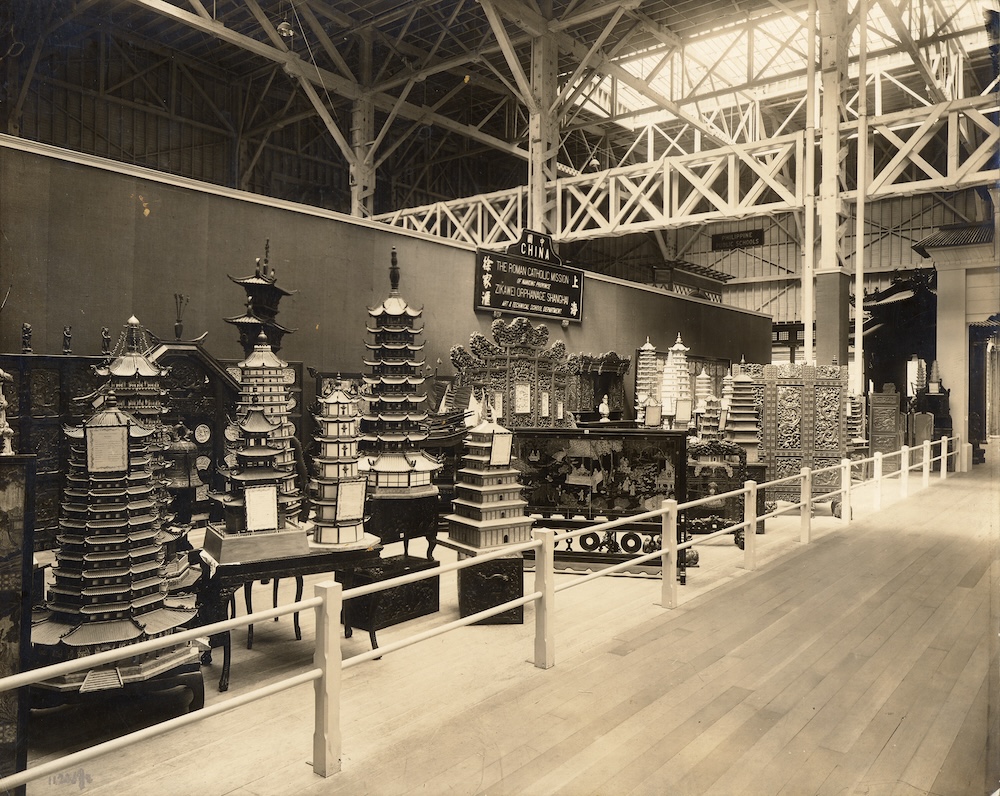This stone stele shows Shiva’s family (Umamaheshvara) in a narrative setting. Shiva is seated with one knee raised (a pose called “royal ease”) with his wife Parvati perched on his knee; they tenderly embrace each other. They are flanked by their sons, Ganesha and Skanda, as well as by Nandi, the emaciated sage Bhringi, and attendant figures. They are seated on the craggy rocks of Mount Kailasha, while below Ravana with a sword and his attendants attempt to lift the mountain.The scene shows the ultimate power of Shiva as well as his forgiving grace. Ravana tried to dislodge Mount Kailasha and take it to his kingdom in Lanka. Parvati trembles to the movement of the mountain and clings to Shiva, who calmly holds down the mountain with his toe, thereby pinning Ravana down. Ravana acknowledges Shiva as lord and receives a sword as a sign of forgiveness. The figures are fleshy and naturalistic, with large facial features and arched eyebrows, a style typical of the post Gupta period of Northern Indian.





